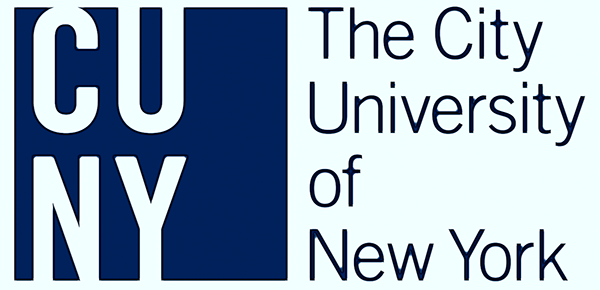The City University of New York (CUNY) has created a flim-flam arrangement to expand the admission of H-1B workers (labeled as "entrepreneurs") while playing fast and loose with immigration law.
The New York Times hailed the project this morning with this headline: "CUNY Schools to Lure Foreign Entrepreneurs to Campus with Visa Program".

The clever folks at CUNY plan to abuse the H-1B program in a variety of ways, and hope that one or more of the 80 new H-1Bs will create something interesting, which will redound to the institution's credit.
The would-be entrepreneurs will become employees of a CUNY-related institution and will be "advising professors and students while working to build companies", all while presumably being housed on one of the university's seven campuses. The Times story continues:
Entrepreneurs will form a board of directors, most of whom will be American citizens or permanent residents, to establish the employer-employee relationship that an H-1B visa requires. Since entrepreneurs will be employed at a college for more than half their time, collaborating with professors and students, they will be exempt from the H-1B visa caps.
What CUNY is doing, publicly, is approximately what Wright State University in Dayton, Ohio, did quietly. That resulted in such a scandal that two university employees were fired and the WSU Provost was demoted, as we reported earlier. In both cases, the universities used their power to obtain H-1B workers in unlimited numbers in order to benefit private, non-university corporations; at Wright State a member of the WSU Board of Trustees was president of one of the for-profit, benefitting corporations.
The immigration law allows universities, and university-connected entities to bring in H-1B workers outside the 65,000 and 20,000 ceilings — and the Obama administration has done yeoman service to expand the loophole. The connections are sometimes quite tenuous.
There is a long list of problems and potential problems with the CUNY scheme:
- The concept that the H-1Bs would, in fact, be employees of a university-connected employer is strained, to say the least, when the same people will be on the board of directors of the firm hiring them;
- The totally unrealistic notion that a budding entrepreneur would be able to work half-time for a university and still be seeking to create a start-up;
- The questionable advice to professors and students to be provided by these fledgling entrepreneurs. If successful, their advice will be useful in five-10 years, but now?
But you have to give CUNY credit for creativity. They are using the H-1B law intended to bring in skilled workers not for that purpose, but to cause the admission of non-workers (would-be entrepreneurs). CUNY will tell the government these are university-related employees when they are in fact would-be business owners. And CUNY has done this in such a way that they get plaudits from the Times, not the firing of university officials.
How is all this to be financed? The Times was silent on that point. One way to do it would be for the newly created, university-connected corporation, run in part by the H-1Bs, to pay each alien, say, $50,000 a year, and house them in corporation-controlled space that it secured for, say, $10,000 each; it could then bill the H-1Bs $60,000 a year, to be raised from angel investors or venture capital firms. In this way a paper record would be created that showed the university-connected corporation paying its workers $50,000 a year, but, at the same time, would cost the university nothing.
I am not saying that CUNY will do that, but it would be an inexpensive way for the university to carry out this scheme. And I can assure you that DHS would not object.
The reader might ask: Why is it possible for someone to secure an H-1B worker visa for half-time employment? I asked the same question of my CIS colleague, John Miano, an expert on such matters, and he said it has been part of the system for many years; it is yet another loophole that CUNY has discovered.
The unspoken premise of both the CUNY scheme and the Times coverage is that numerical ceilings for immigrants and for some nonimmigrants (such as H-1Bs) are a worthless concept that need not be mentioned. On the contrary, Congress knew what it was doing when it put caps on these categories; it did so to protect the American people from too much wage-depressing immigration.
